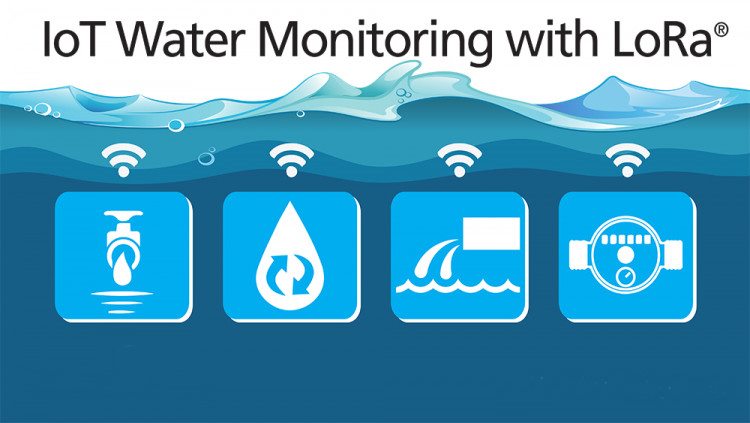IoT is changing the future of technologies and how the devices connected and behaved around us. And results into, we can access any kind of data and command objects at the touch of fingertips. 
Deployments of IoT based sensor products across the globe is steadily increasing. Predominantly, in India, smart city initiative is driving the growth of IoT industry. Multiple IoT product manufacturers like KernelSphere, the leading IoT products, and service provider are developing various smart city products for residential, commercial and industrial purposes. LoRa Based and GSM technology based IoT sensor products continue to increase their presence.
Smart security, smart LED display systems/digital displays, smart pond, smart Temp&Hum, smart water tank level monitoring device, energy meter, asset tracker, smart attendance, and online transformer monitoring, and water quality monitoring devices are few of the significant IoT product lines which currently have demand in the market. Among all other, the demand for Smart Water Quality Monitoring Device is on the rise, as the quality of water resources has a direct effect on daily life. Today, the Smart Water Quality Monitoring Device has been deployed at various dense locations across India as a part of renovation into a Smart City.
Monitoring the water standard using traditional procedures (collect samples manually and then send them to the laboratory for analysis) is a complex process. To overcome this, real-time monitoring of water quality by using IoT technology is proposed. Through using pH, Turbidity, conductivity and temperature sensors, an efficient water quality monitoring system has been developed. These sensors are positioned in the water to determine the various parameters chlorine quantity, acidity level, dissolved oxygen, and alkalinity in the water resources.
If the water is characterized by harmful chemicals, this sensor device will be sent information regarding water quality ton respective monitoring center as well as deployed management’s mobile. If any harmful indications found in the water, then the device sends the monitored data to the dashboard over the internet, so that it can be easily analyzed. Accordingly, the device also sends alerts to the remote user, if it detects any improper quality measures.
The primary growth factors of the increased demand for global water quality monitoring systems include water pollution due to industrialization, increase in commonness of waterborne disorders, and in particular surge in smart city initiative. These smart IoT devices protect water sources from pollution. This trend is driving the demand for IoT-based water quality monitoring systems globally is giving wide growth prospects to manufacturers. However, high installation costs and maintenance costs are expected to limit its growth in price-sensitive markets. However, increased production and high demand are expected to witness a price drop over the next coming years.
Conclusion:
Knowing the level of harmful chemicals in the water is crucial to avoid the risk of health disorders. With the installation of smart water quality monitoring device, the level of pollutions in the water are administered and the improper parameters are sent to the connected public cloud through messages and alarm. Thus, the disorders caused due to the presence of metals and pollutants in the water can be avoided by using this system.




